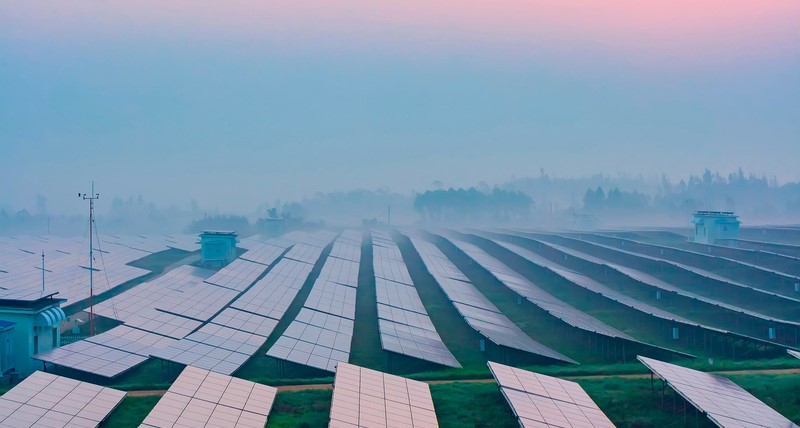When we think of Australia, stunning landscapes, spectacular wildlife and beautiful beaches come to mind. But Down Under, there are also extreme weather conditions such as floods, drought and heavy rain. The question which follows is: Why have these extreme weather conditions become so much more intense in recent years?
Photo-Credit: magann – Fotolia.com
When we think of Australia, stunning landscapes, spectacular wildlife and beautiful beaches come to mind. But Down Under, there are also extreme weather conditions such as floods, drought and heavy rain. Almost everyone has heard about it in the news. The question which follows is: Why have these extreme weather conditions become so much more intense in recent years?
The fact is, measured by population, Australia is one of the largest polluters in the world. There are few other countries which emit a comparable amount of carbon dioxide (CO2) into the atmosphere. Australia is a nation that exports a huge amount of coal. The country is currently trying to do something about this situation, with a CO2 tax and more alternative energy sources. But it’s not so easy to master the forces of nature, as we have seen especially in the last few months.
The residents of Queensland, which are regularly affected by floods, have tried to build their houses in the Victorian style. That is, on stilts. Whole neighborhoods now stand on wooden stakes. But it’s not only floods which people confront. Forest fires also threaten the country. Bush fires are not only more frequent, but also more intense. Climate scientists have not said that climate change is directly to blame for the situation, but it could related to the extent of it. The last five years have been the hottest across all Australia since weather recordkeeping began. Extreme heat waves which end with floods will soon become commonplace, say experts.
Forest Fire Early Warning System with compact weather station WS600-UMB as a component of the system in Portugal
People are left with nothing to do except perpetually battle against the extreme weather. However, these kinds of dangers can be detected in time. Lufft makes it possible to put safeguards against dangerous forest fires in place through weather monitoring stations. With an early-warning system, threats are spotted early enough without losing valuable time. The Lufft WS500-UMB Weather Station is used here for weather observation, measuring wind speed, wind direction, temperature and humidity. The WS400-UMB Compact Weather Station also allows for real-time data gathering and transmits readings, such as on precipitation intensity or amount. Precipitation is measured by means of a 24 GHz Doppler radar. It measures the speed of every single water droplet, and it determines precipitation intensity and amount based on the correlation between droplet size and speed.
Both compact weather stations could make identifying extreme weather easier in the future. The first successful deployments have already take place in Australia in order to protect against forest fires.
Additional links: » Blog entry – Fire prevention with Lufft sensors || » More information about the application in Portugal




